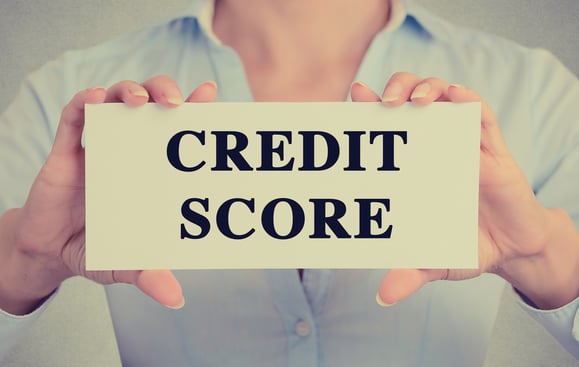
Securing a Small Business Administration (SBA) loan can be a game-changer for many entrepreneurs. These funding options offer favorable terms and lower interest rates compared to traditional financing options.
However, SBA loan rates fluctuate based on a variety of economic and borrower-specific factors. Understanding these influences can help business owners better navigate loan options and make informed financial decisions.
This blog will go over common factors that influence SBA loan rates. Use this information to make educated financial decisions for your business.
Economic Indicators and Market Trends
The broader economic environment is one of the biggest influences on SBA loan interest rates. Some of the following factors directly impact interest rates:
- Federal Reserve Policies: The Federal Reserve sets the benchmark interest rate, which influences borrowing costs across the economy. When the Fed raises rates to curb inflation, SBA loan rates typically rise as well.
- Inflation Trends: Higher inflation often leads to increased interest rates to counteract rising prices, affecting loan affordability.
- Market Conditions: A strong economy with high demand for loans can push rates higher, whereas economic downturns may lead to lower borrowing costs to stimulate growth.
Historical Perspective on SBA Loan Interest Rates
When looking at SBA loan interest rates, it’s helpful to compare current figures with historical trends. Over the past decade, SBA loan rates have fluctuated due to shifts in economic policy and market conditions. For example:
- In the early 2010s, SBA loan rates were relatively low due to post-recession recovery efforts.
- Rates gradually increased from 2016 to 2019 as the Federal Reserve tightened monetary policy.
- The COVID-19 pandemic led to significant rate cuts in 2020 to support struggling businesses.
- As of 2025, SBA loan rates are adjusting in response to inflation control measures and evolving market stability.
Borrower Creditworthiness and Financial Health

A borrower’s financial profile is another crucial factor in determining their SBA loan rate. Lenders assess various aspects of a business’s financial health to gauge the level of risk involved in lending, including:
- Credit Score: Business and personal credit scores significantly impact the interest rate offered. Higher scores generally lead to better loan terms.
- Debt-to-income Ratio: A lower debt-to-income ratio suggests strong financial management, leading to more favorable rates.
- Business History: Established businesses with a track record of profitability are seen as lower risk compared to startups or businesses with fluctuating revenue.
- Collateral and Guarantees: Providing collateral or a personal guarantee can lower interest rates by reducing the lender’s risk.
SBA Loan Type and Term Length
Different types of SBA loans come with varying interest rates and terms. Understanding these differences can help business owners select the best financing option for their needs.
Common SBA loans include:
- 7(a) Loans: The most common SBA loan, with rates influenced by the prime rate and repayment term length.
- 504 Loans: Designed for purchasing fixed assets like real estate and equipment, typically offering lower fixed rates.
- Microloans: Smaller loan amounts with interest rates that vary based on lender discretion and borrower risk profile.
Longer-term loans generally have slightly higher rates due to the extended repayment period, whereas short-term loans often carry lower rates but require faster repayment.
Funding Availability and Lender Competition

Another factor that influences SBA loan rates is the availability of funding and competition among lenders. When more financial institutions are eager to issue SBA loans, borrowers may benefit from competitive rates.
Some things to consider include:
- Government Budget Allocations: The availability of SBA loan funds depends on annual federal budget decisions, which can impact rates and accessibility.
- Lender Participation: Banks, credit unions, and other SBA-approved lenders may adjust interest rates based on demand and their risk appetite.
- Loan Volume: Higher lending activity in a given year can lead to more competitive rates as lenders strive to attract borrowers.
How SBA Loan Rates May Change in 2025
Looking ahead, several trends could shape SBA loan rates in 2025 and beyond. This includes:
- Potential Federal Reserve Rate Adjustments: If inflation remains a concern, additional rate hikes may be implemented, raising SBA loan costs.
- Economic Growth and Market Stability: A thriving economy may support stable interest rates, while financial instability could lead to further fluctuations.
- Legislative and Policy Changes: New regulations or government-backed incentives could impact loan accessibility and pricing.
Final Thoughts
A combination of economic conditions, borrower qualifications, loan type, and funding availability influences SBA loan rates. By staying informed about these factors, business owners can make smarter financial decisions and secure the best possible loan terms.
As 2025 unfolds, keeping an eye on market trends and policy changes will be essential for entrepreneurs seeking SBA financing.